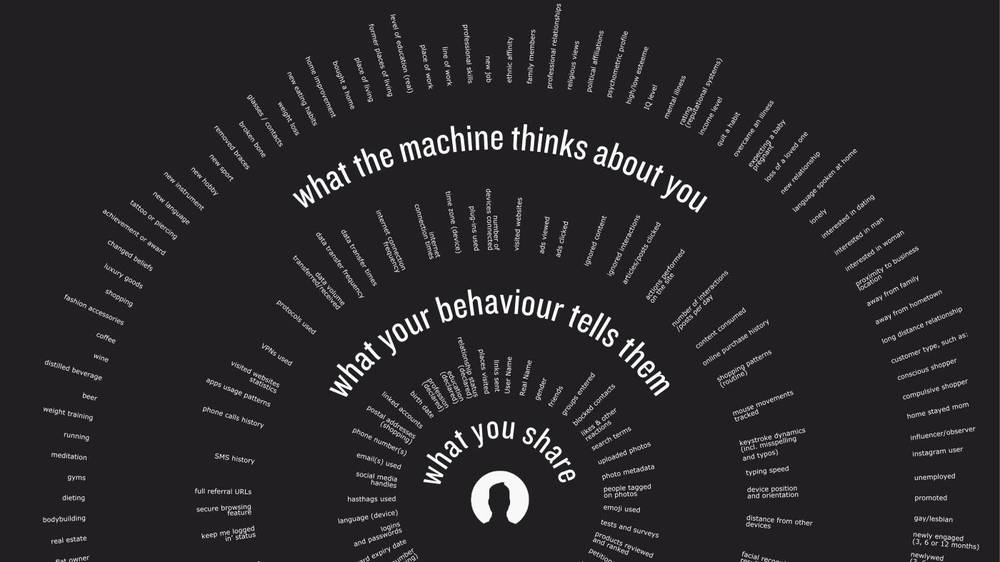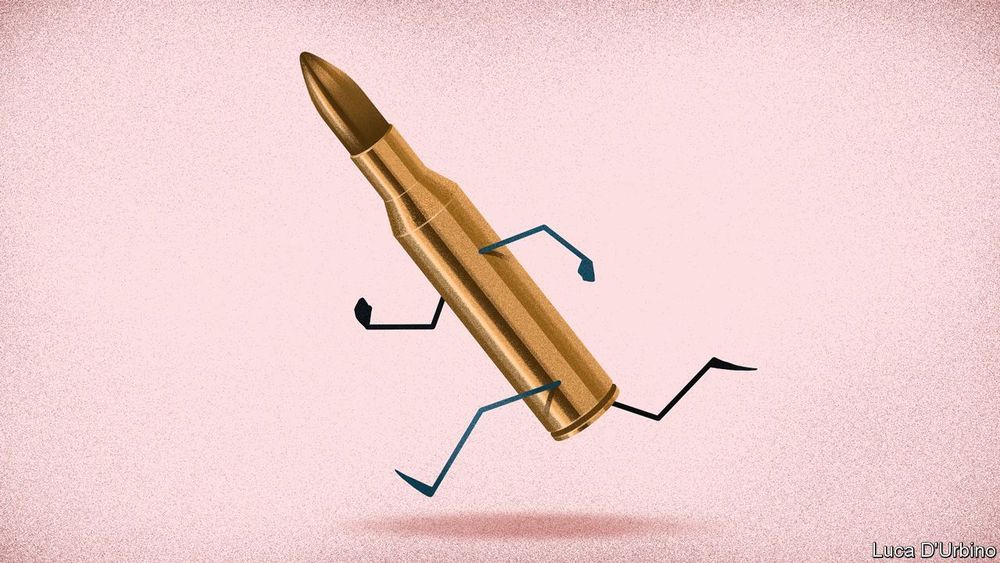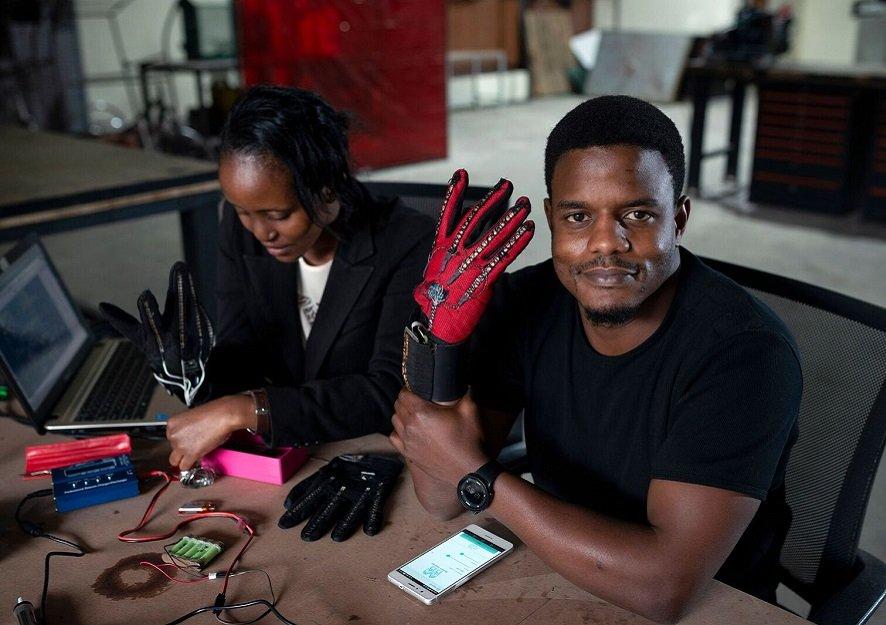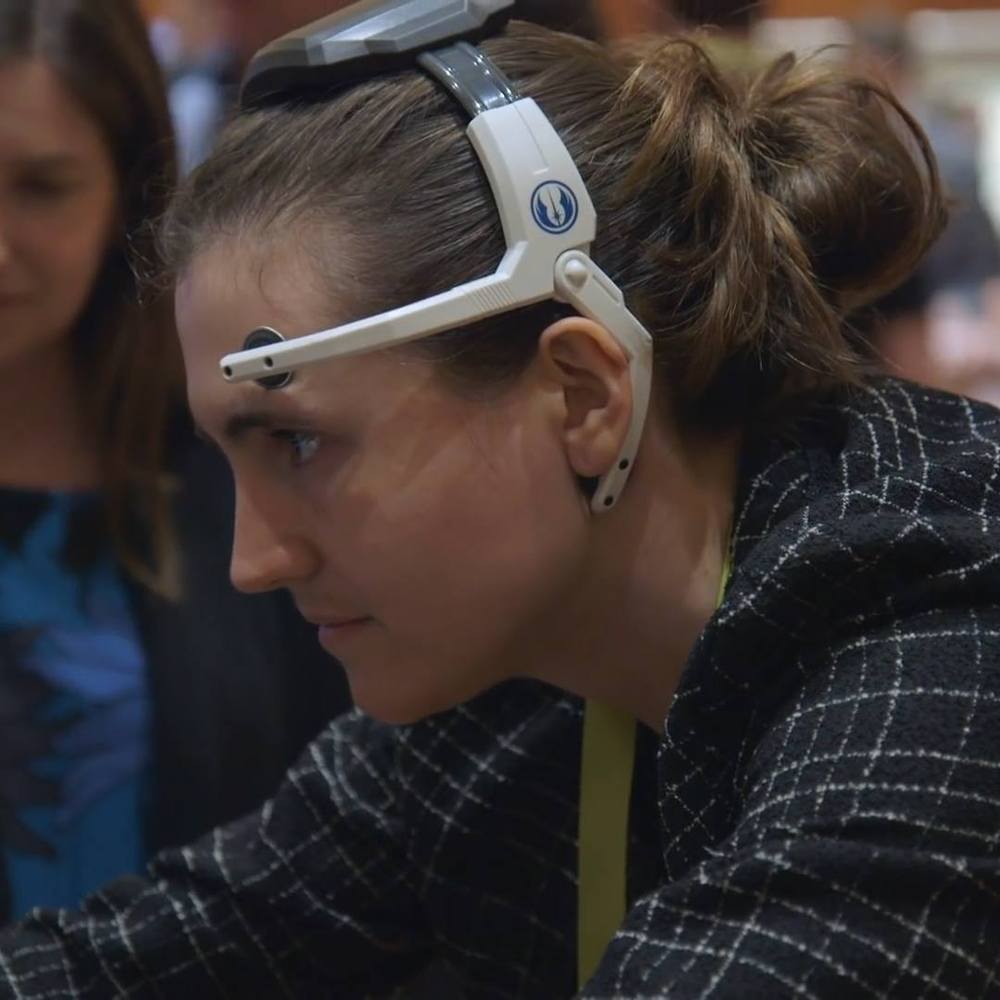Scientists from The University of Manchester have found a way to trick the eye into thinking the world is brighter than it actually is.
Much as a ripple in a pond reveals a thrown stone, the existence of the mysterious stuff known as dark matter is inferred via its wider cosmic influence. Astronomers cannot see it directly, but its gravity sculpts the birth, shape and movement of galaxies. This makes a discovery from last year all the more unexpected: a weirdly diffuse galaxy that seemed to harbor no dark matter at all.
The 500-Year-Long Science Experiment
Posted in science
Almost everything you hear about artificial intelligence today is thanks to deep learning. This category of algorithms works by using statistics to find patterns in data, and it has proved immensely powerful in mimicking human skills such as our ability to see and hear. To a very narrow extent, it can even emulate our ability to reason. These capabilities power Google’s search, Facebook’s news feed, and Netflix’s recommendation engine—and are transforming industries like health care and education.
Our study of 25 years of artificial-intelligence research suggests the era of deep learning is coming to an end.
Your online profile is less a reflection of you than a caricature.
Whether you like it or not, commercial and public actors tend to trust the string of 1s and 0s that represent you more than the story you tell them. When filing a credit application at a bank or being recruited for a job, your social network, credit-card history, and postal address can be viewed as immutable facts more credible than your opinion.
But your online profile is not always built on facts. It is shaped by technology companies and advertisers who make key decisions based on their interpretation of seemingly benign data points: what movies you choose to watch, the time of day you tweet, or how long you take to click on a cat video.
How to tame autonomous weapons
Posted in drones, robotics/AI
The world has not entered the age of the killer robot, at least not yet. Today’s autonomous weapons are mostly static systems to shoot down incoming threats in self-defence, or missiles fired into narrowly defined areas. Almost all still have humans “in the loop” (eg, remotely pulling the trigger for a drone strike) or “on the loop” (ie, able to oversee and countermand an action). But tomorrow’s weapons will be able to travel farther from their human operators, move from one place to another and attack a wider range of targets with humans “out of the loop” (see article). Will they make war even more horrible? Will they threaten civilisation itself? It is time for states to think harder about how to control them.
A good approach is a Franco-German proposal that countries should share more information on how they assess new weapons; allow others to observe demonstrations of new systems; and agree on a code of conduct for their development and use. This will not end the horrors of war, or even halt autonomous weapons. But it is a realistic and sensible way forward. As weapons get cleverer, humans must keep up.
Photo: Roy Allela
Twenty-five-year-old Kenyan engineer and innovator, Roy Allela, has created a set of gloves that will ultimately allow better communication between those who are deaf and those who are hearing yet may not necessarily know sign language. The Sign-IO gloves in essence translate signed hand movements into audible speech.
Allela’s gloves feature sensors located on each finger that detect the positioning of each finger, including how much each finger will bend into a given position. The glove connects via Bluetooth to an Android phone which then will leverage use the text-to-speech function to provide translated speech to the hand gestures of a person signing.
Mind-controlled Star Wars toys
Posted in futurism









